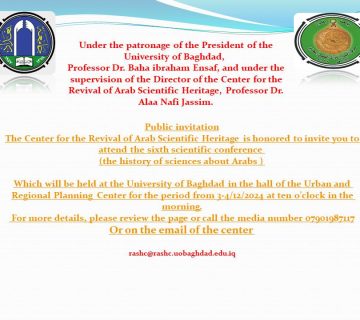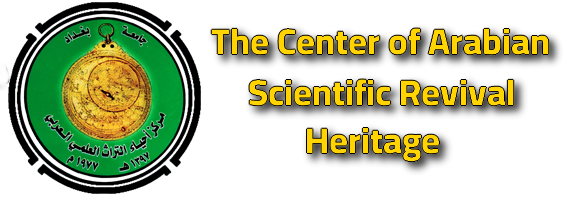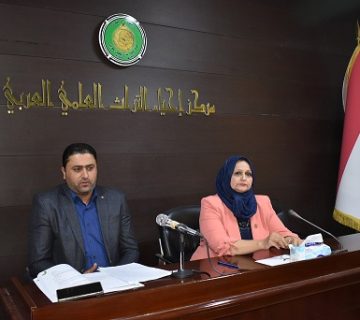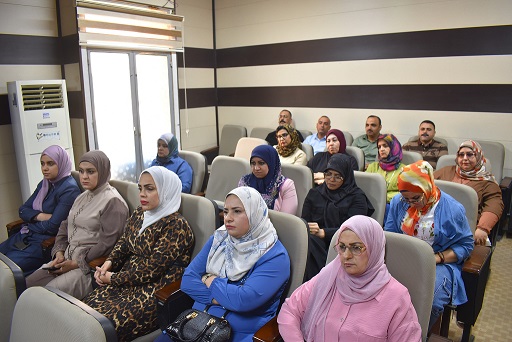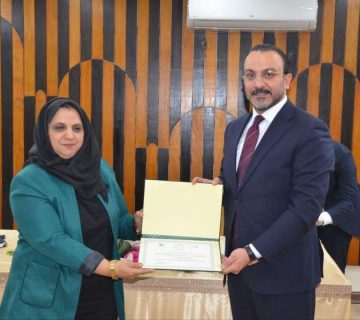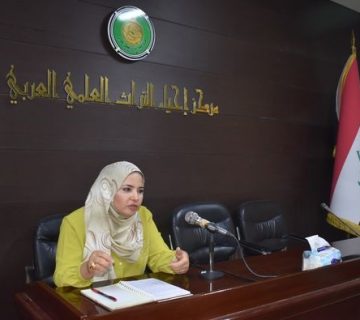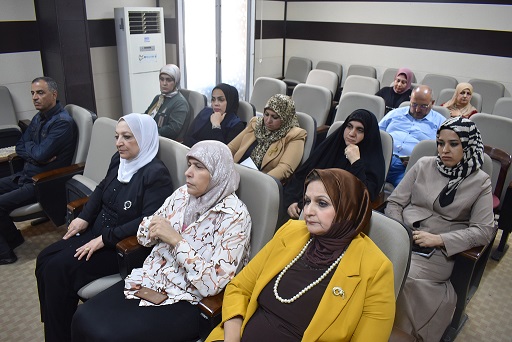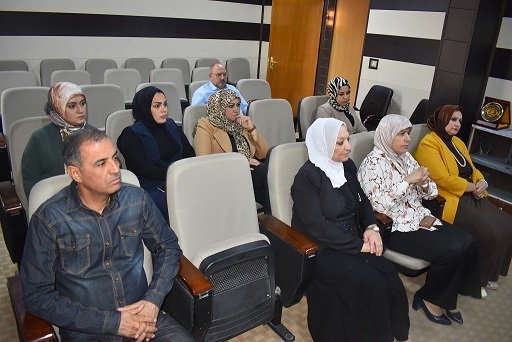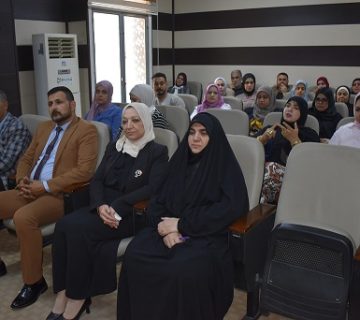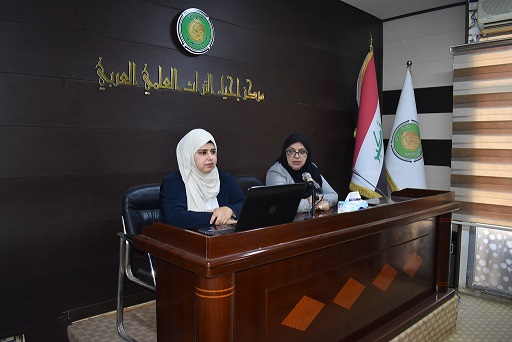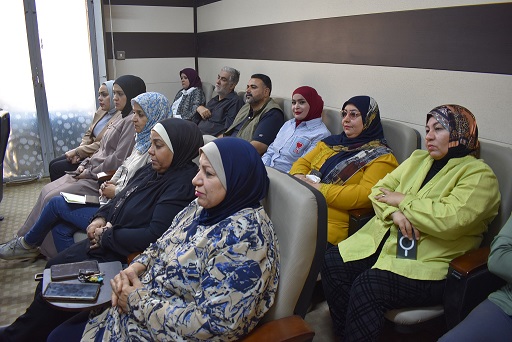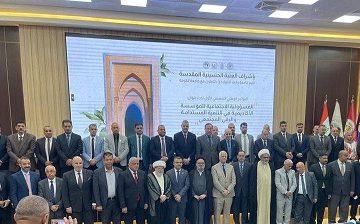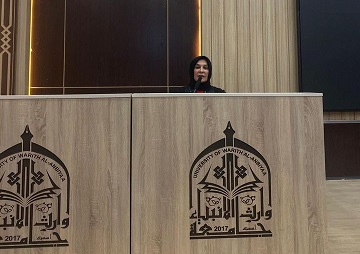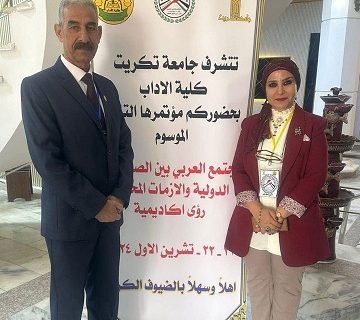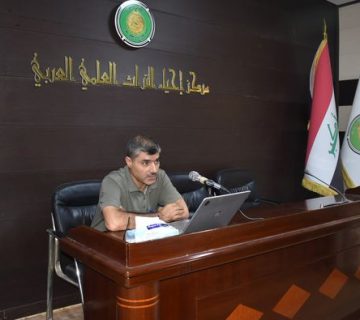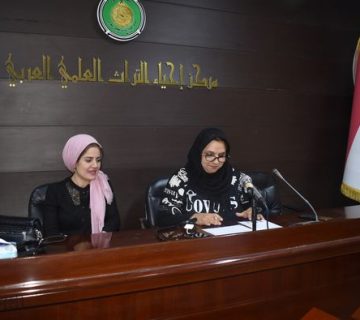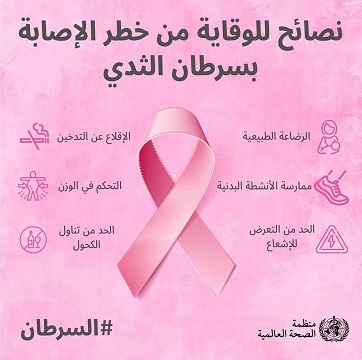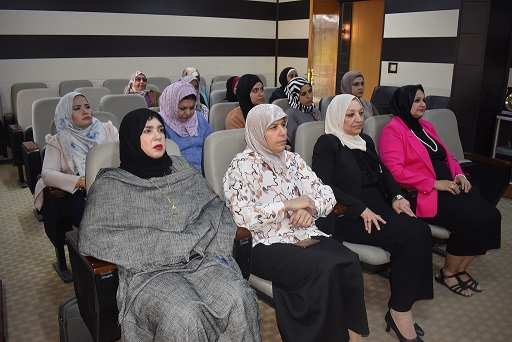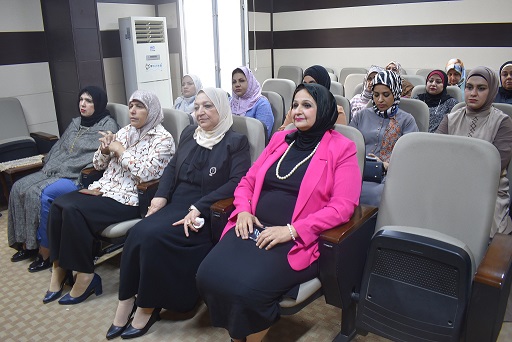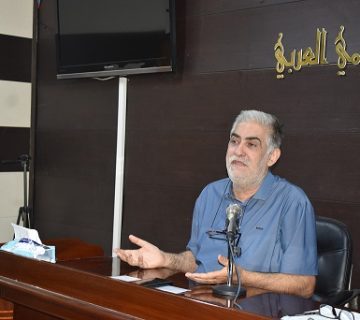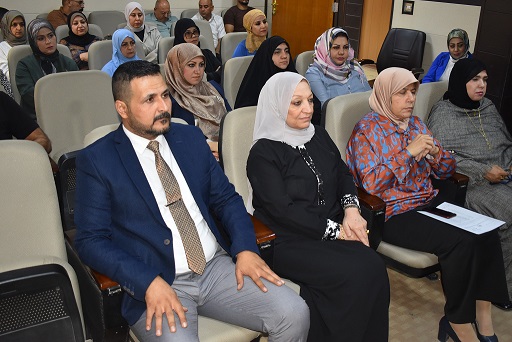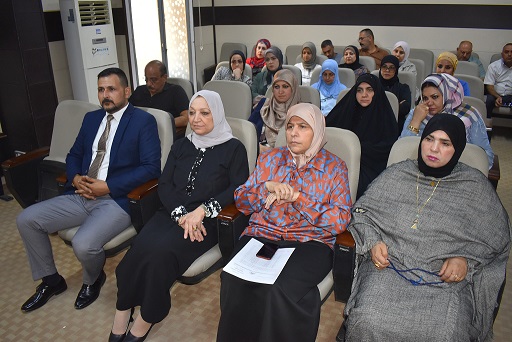((Foreign Labor and its Problems in Iraqi Society (Women as a Model).
Under the supervision of Professor Dr. Alaa Nafeh Jassim, Director of the Center, the Center for the Revival of Arab Scientific Heritage at the University of Baghdad, Baghdad Documentation Department, in cooperation with the Women’s Affairs Division / Presidency of the University of Baghdad, organized on Wednesday morning, 10/23/2024, at exactly ten o’clock in the morning, in the hall of Professor Nabila Abdel Moneim Daoud, and in the presence of a number of professors and researchers from the center. The session was chaired by Dr. Shaker Khattar, a lecturer at our center, met to present the curriculum of the workshop entitled (Foreign Labor and its Problems in Iraqi Society (Women as a Model). The lecture was given by the legal advisor, Assistant Sarah Kazim Ajil, who said that foreign labor has become a phenomenon accompanying the state of development that Iraqi society is going through and a focus of attention for a number of concerned parties, including the Iraqi worker, due to the increase in the number of foreign workers coming to Iraq and their acquisition of some available job opportunities, especially after the radical transformations that have occurred recently. Ajil added the most important reasons that led to the spread of the phenomenon of foreign labor in Iraq, which resulted from factors including the low wages of foreign labor, the weak skills of local labor, the high level of individual income, and women going out to work and study after 2003, in addition to imitation and emulation. She also touched on the social risks represented by the difference in customs, traditions, and religions among foreign workers, especially female workers inside homes. And its impact on the Iraqi family, in addition to raising children in a way that is not compatible with societal traditions and customs. This is done by establishing the Foreigners’ Residence Law No. (76) of 2017, including approval for the entry of foreigners who are holders of a residence document, a passport, and a period issued by a competent Iraqi authority, and other laws stipulated in this article for the public good. In conclusion, the Director of the Center thanked the researcher by presenting a certificate of appreciation in appreciation of the efforts and service to our distinguished university and our beloved Iraq
